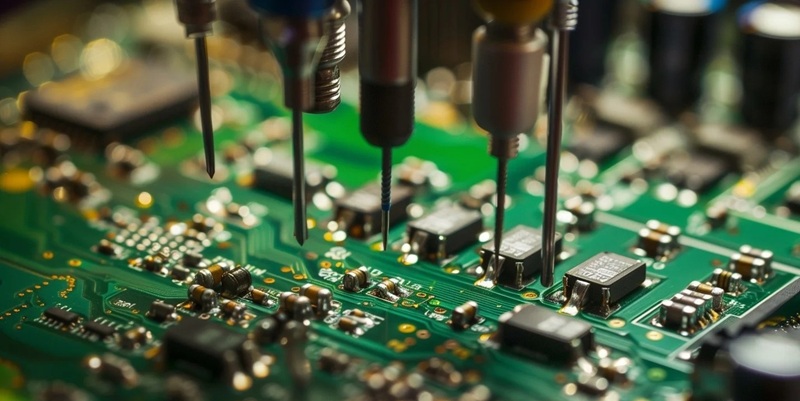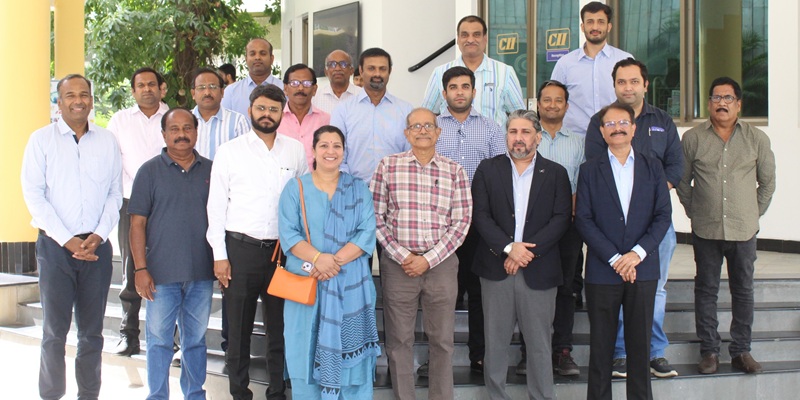Schedule a Call Back
India needs to create its own smart-manufacturing ecosystem
 Interviews
Interviews- May 02,18

Related Stories

Minda Corp, Toyodenso Form JV for Automotive Switches
The joint venture will set up a greenfield facility in Noida (Uttar Pradesh) with operations expected to commence in the second half of FY 2026–27
Read more
China’s Rare Earth Elements Curb Jolts Indian Auto Sector into Action
While Rare Earth Elements (REE) based components are utilised in traditional ICE vehicles, the production of EVs is fundamentally reliant on them—without REEs, manufacturing an EV is virtually imp..
Read more
Can Academia-Industry Ties Power India’s Manufacturing?
India's industrial sector has exhibited tremendous resilience and appetite for growth. However, the academia-industry collaboration will be crucial for India to become a worldwide manufacturing powe..
Read moreRelated Products

Heavy Industrial Ovens
Hansa Enterprises offers a wide range of heavy industrial ovens.

High Quality Industrial Ovens
Hansa Enterprises offers a wide range of high quality industrial ovens. Read more

Hydro Extractor
Guruson International offers a wide range of cone hydro extractor. Read more















